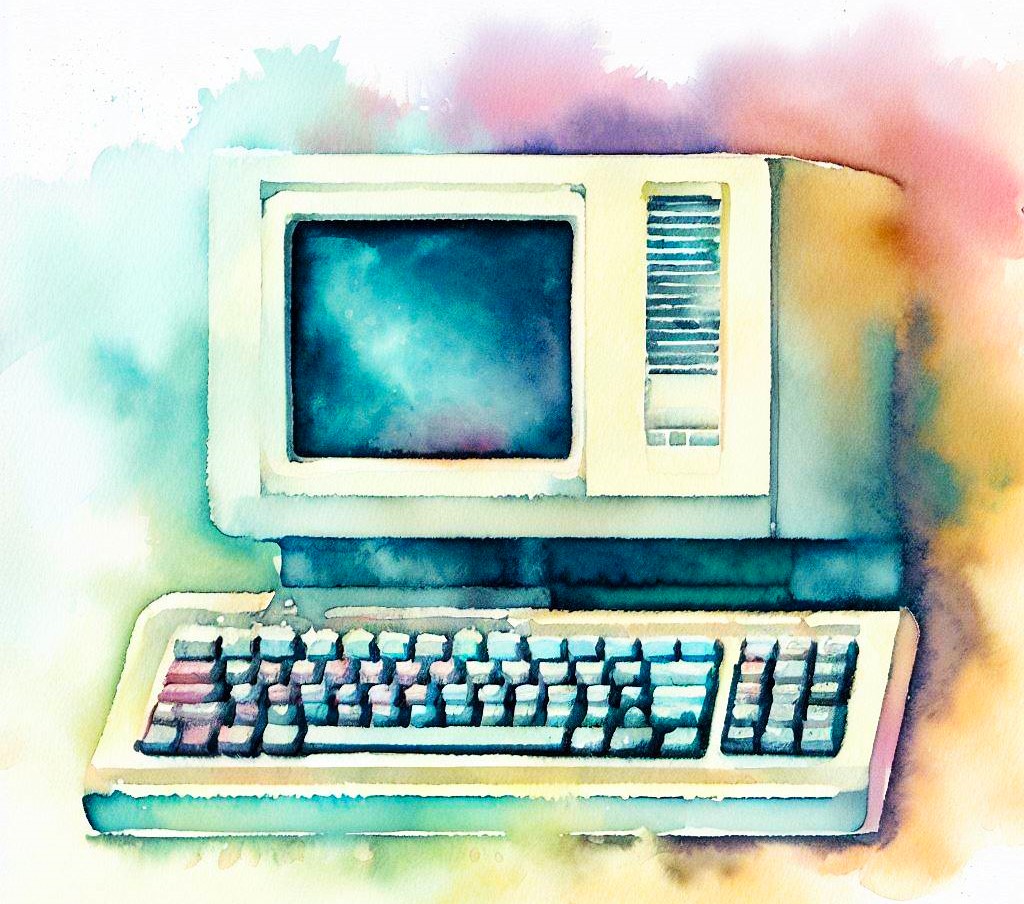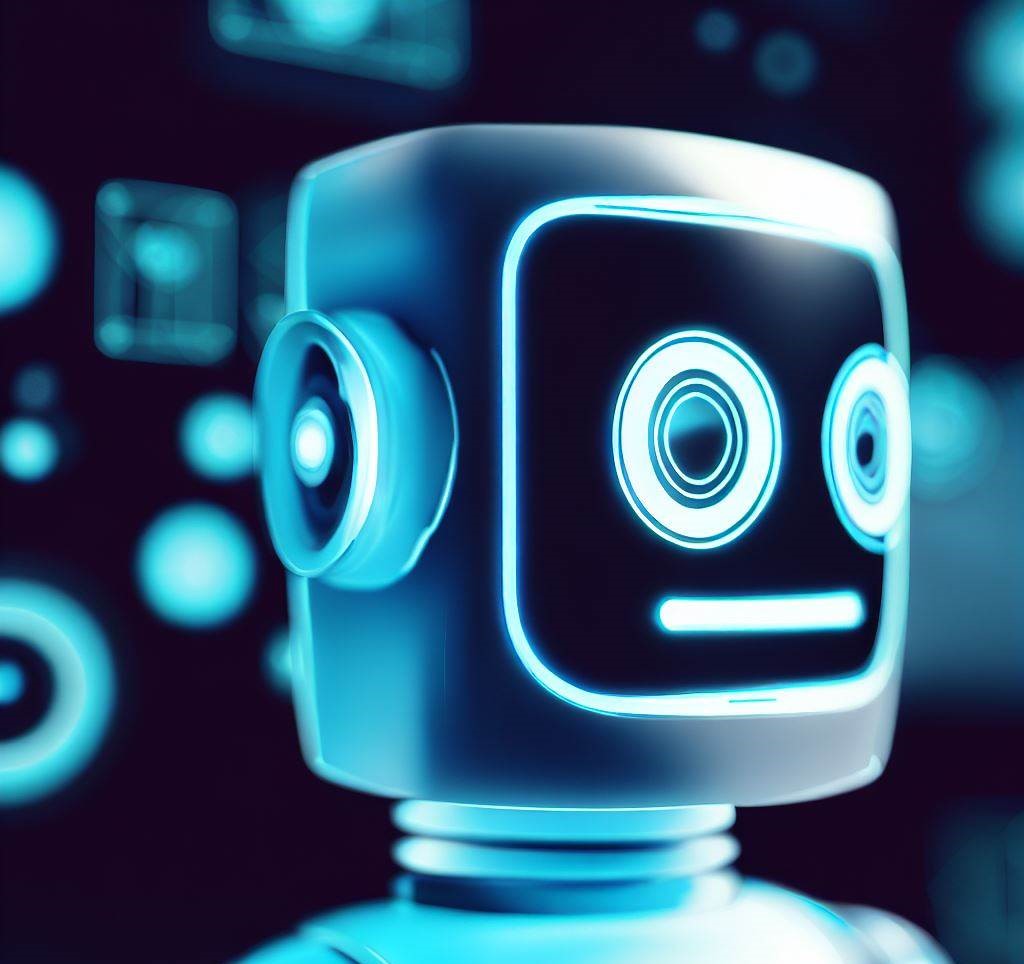Steve Jobs 1955 – 2011, Inventor and visionary.
Co-founder, chairman, and CEO of Apple.
Steve Jobs was one of the most influential and visionary entrepreneurs of the 21st century. He was the co-founder, chairman, and CEO of Apple Inc., the company that revolutionized personal computing, music, mobile phones, tablets, and digital animation. He was also the founder and CEO of NeXT, a computer and software company that was acquired by Apple in 1997, and the majority shareholder of Pixar, a computer animation studio that was acquired by Disney in 2006.
Steve Jobs was born on February 24, 1955 in San Francisco, California. He was adopted by Paul and Clara Jobs, who raised him in Mountain View, California. Jobs attended Reed College in Portland, Oregon, but dropped out after one semester. He then travelled to India in 1974 to seek spiritual enlightenment and became a follower of Zen Buddhism.
Apple
In 1976, he co-founded Apple Computer with his friend Steve Wozniak in his parents’ garage. They created the Apple I and Apple II, which were among the first successful personal computers. In 1984, they launched the Macintosh, which introduced the graphical user interface and the mouse to the mass market. In 1985, Jobs left Apple after a power struggle with the board of directors.
NeXt
In 1986, he founded NeXT, which developed innovative computers and software for the education and business markets. NeXT also created the NeXTSTEP operating system, which was later used as the basis for Mac OS X and iOS. In 1997, Apple bought NeXT for $429 million and brought Jobs back as an interim CEO.

iMac
In 1998, Jobs led the turnaround of Apple with the launch of the iMac, a sleek and colorful all-in-one computer. He then introduced a series of groundbreaking products that changed the world of technology and entertainment, such as the iPod (2001), iTunes (2003), iPhone (2007), iPad (2010), and iCloud (2011). He also oversaw the development of software platforms such as Mac OS X, iOS, iTunes Store, App Store, and Safari.
Pixar
In 1986, he also acquired Pixar from George Lucas for $10 million. Pixar became one of the most successful animation studios in history, producing hit films such as Toy Story (1995), Finding Nemo (2003), The Incredibles (2004), Ratatouille (2007), WALL-E (2008), Up (2009), and Inside Out (2015). In 2006, Disney bought Pixar for $7.4 billion and made Jobs its largest shareholder.
Stay hungry, stay foolish
Steve Jobs was known for his charisma, creativity, innovation, and perfectionism. He had a vision to make products that were not only functional but also beautiful and intuitive.
His passion to create experiences that enriched people’s lives and inspired them to think differently. He had a motto to ‘stay hungry, stay foolish’.
Steve Jobs died on October 5, 2011 at the age of 56 after a long battle with pancreatic cancer. He left behind a legacy that will continue to shape the world for generations to come.





